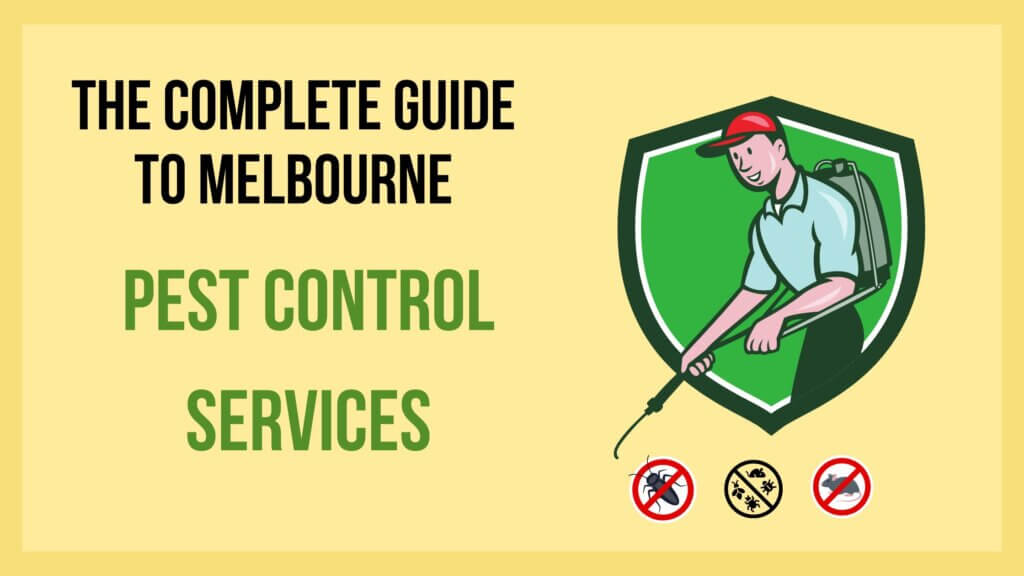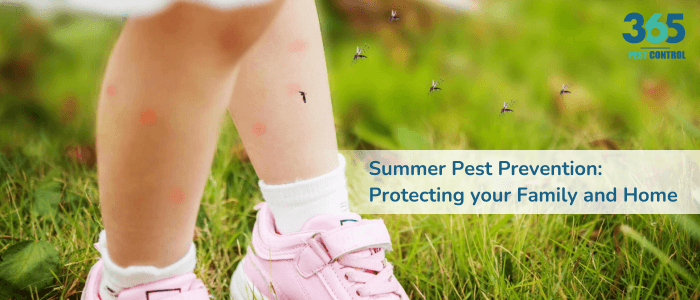Wasps construct different nests, each unique to their species and nesting habits. In addition to species, location, and climate, wasps build nests in many different ways, which vary according to their nesting habits. A yellow jacket nest is more likely to be found in a temperate climate, while a paper wasp nest is more likely in a warmer climate. Wasp populations can be managed safely and effectively by understanding the appearance and location of wasp nests, their behaviour, and potential risks.
What types of wasps are there?
More than 30,000 species of wasps are found worldwide, characterized by their slender bodies and the ability to sting. As pollinators and pest controllers, they play a crucial role in ecosystems. Wasp nest identification involves identifying various types of wasps, each with unique characteristics and behaviours.
Paper Wasps:
The paper wasp has a slender body, long legs, and a narrow waist, usually painted yellow and black. These nests are made of paper-like material that they create by chewing wood fibres mixed with saliva. They are typically hanging from eaves, branches, or other sheltered places.
A single nest holds only a few dozen adult wasps, which makes them smaller than other social wasps. A paper wasp is known for its defensive behaviour and can become aggressive if disturbed. Their nesting habits and behaviour make it essential to be cautious around areas where nests are present, as they can protect their territory. If threatened or their nest is in danger, they will repeatedly sting.
European Wasps:
Social wasps, such as the European wasp, also known as German wasps, are prevalent in Europe and have been introduced to other parts of the world, including Australia and New Zealand. Known for the yellow and black stripes on their bodies and their aggressive behaviour when disturbed, they have a distinctive appearance.
It is known that European wasp nests are found in a variety of places, including the ground, cavities, trees, shrubs, and buildings. The nests can be quite large and hidden from view, making it difficult for predators to locate them.
It is known that their venom causes severe allergic reactions in some people when they are disturbed. They can be hazardous to pets and livestock when disturbed.
European wasps are distinguished from native species by their bold, aggressive nature and their distinct yellow and black stripes. Additionally, their nests, often more extensive and elaborate than native species, can be used to identify them.
Bald-faced Hornets:
Black-faced hornets build large paper nests in trees, shrubs, and buildings. Their nests can be as large as a basketball. These aggressive insects will defend their nest vigorously if threatened.
A bald-faced hornet nest can be extremely dangerous to remove, as the insect can sting repeatedly, and its venom can cause severe allergic reactions in some people. When dealing with bald-faced hornet nests, seeking professional pest control assistance is strongly recommended, as it can result in painful stings and allergic reactions. Using the right equipment and training, pest control experts can safely and effectively remove the nest without harming themselves or others.
Social Wasps:
A social wasp is a social insect that lives in large colonies with a queen, sterile female workers, and male drones. They are known for their complex nesting behaviour and highly structured colonies. Social wasps usually mix wood fibres with saliva to build their nests, forming a paper-like material. They prefer to nest in protected areas such as tree branches, roof eaves, and wall cavities. There is a division of labour in a colony, with the queen responsible for reproduction, the workers for nest building and defence, and the drones for mating.
Solitary Wasps:
The solitary wasp is a non-aggressive, solitary insect that does not live in colonies, unlike social wasps. Their nest is usually a tiny burrow in the ground, a hollow plant stem, or an abandoned burrow. Foraging behaviours of solitary wasps include hunting for small insects and spiders to feed their larvae. They do not defend their nests and are less likely to sting unless they feel threatened. Some flowering plants may also attract them with their nectar.
Identifying Wasp Nests
It is crucial to consider their location, appearance, and behaviour to identify different types of wasp nests. Track down a nest by watching how wasps behave, and following them is often possible. Identifying nests by recognizing other wasp species by their body shapes and physiologies is also possible.
Scent recognition can also identify a wasp nest because wasps use pheromones to communicate and mark their territory. Pay attention to the distinct scents associated with different types of wasp nests to narrow your search.
Wasp Nest Removal: How to Remove It Safely
When dealing with a wasp nest, hiring professional pest control services like 365 Pest Control offers several benefits over attempting a DIY approach. DIY wasp control has several risks and potential consequences, including inadequate treatment and exposure to dangerous environments. On the other hand, professional wasp nest control services have the necessary tools to identify the nest. They can provide expertise and specialized treatments to handle the problem at hand effectively.
365 Pest Control has the knowledge and experience to address a wasp infestation in your home using safe and efficient methods. Our team of experts uses specialized tools and equipment to remove wasp nests and prevent future infestations safely. Furthermore, our Gold Home Protection Plan offers year-round protection against these stinging insects.
Contact us today for more information about our Home Protection Plans and to get a quote for stinging insects like wasps.







